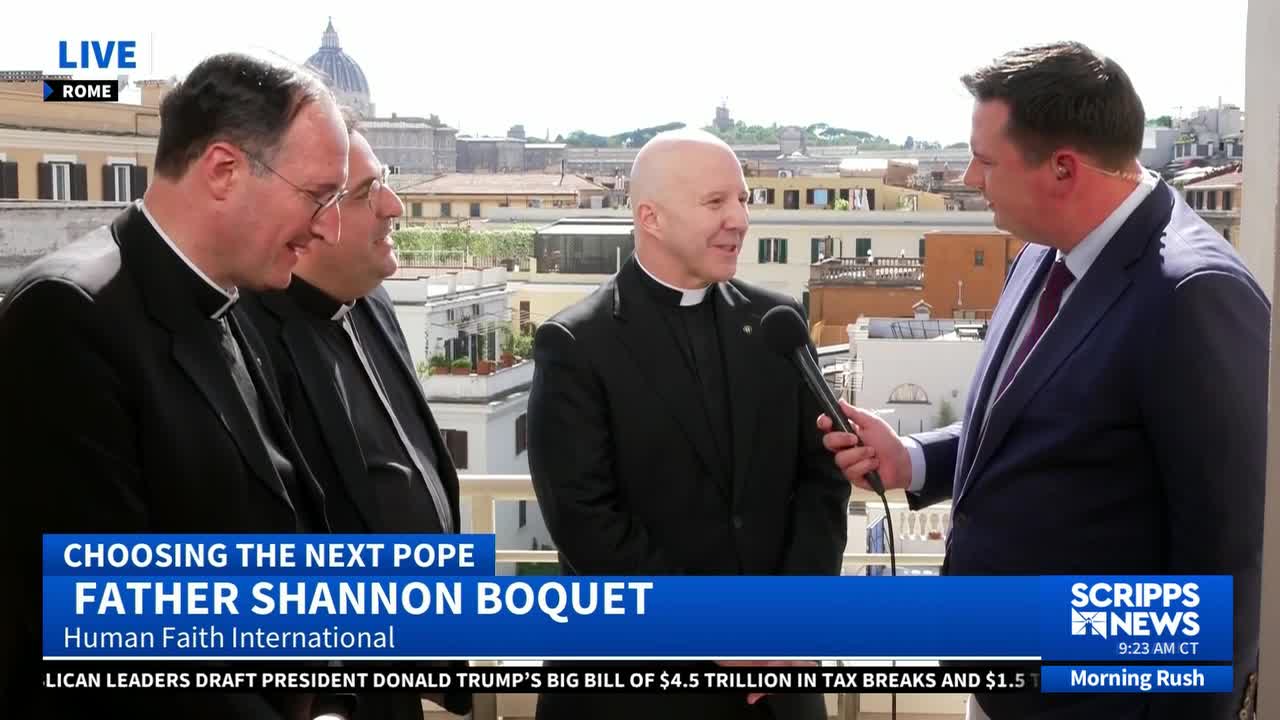For the second time since the papal conclave began, black smoke rose from the chimney of the Sistine Chapel, signaling that no candidate has yet secured the votes needed to become the next pope.
To be elected, a candidate must receive a two-thirds majority—at least 89 votes from the 133 cardinal electors. The cardinals are expected to vote up to two more times on Thursday. The continued appearance of black smoke suggests no consensus has been reached as they work to select a successor to Pope Francis, who died in April.
RELATED STORY | Pope Francis, leader of Catholic Church, dies at age 88
Cardinals from around the world were sequestered inside the Vatican on Wednesday and have now been deliberating for nearly 24 hours, with no clear frontrunner emerging.
In 2013, it took five rounds of voting to elect Pope Francis. His predecessor, Pope Benedict XVI, was chosen after four ballots on the second day of the 2005 conclave.
Ten American cardinals are participating in the vote, though none are seen as likely frontrunners. If no pope is elected after three days of voting, the process is paused for up to 24 hours to allow time for prayer and reflection.
RELATED STORY | Popemobile to become clinic for kids in Gaza, fulfilling Pope Francis’ wish
Once white smoke appears, indicating a successful vote, it typically takes about 45 minutes before the new pope is revealed to the public.
After a candidate is chosen, he is asked if he accepts the outcome and is invited to select a papal name. He will then appear on the balcony of St. Peter’s Basilica, where Cardinal Dominique Mamberti of France is expected to deliver the traditional “Habemus Papam” declaration.





